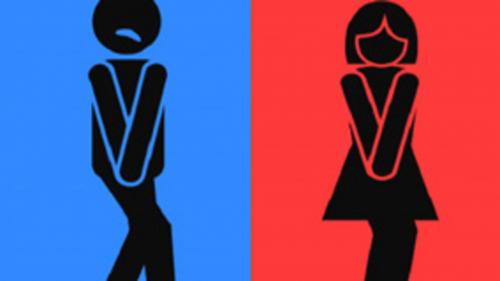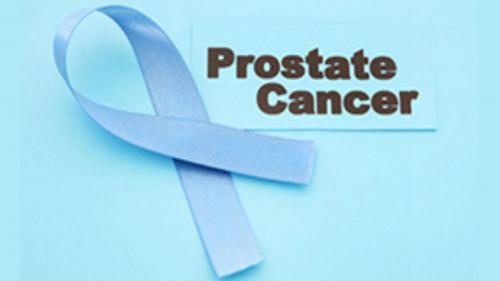Success
Drug-food interactions of drugs treating overactive bladder syndrome
Nov 10, 2021

Explore More
Overactive bladder (OAB) syndrome is a condition where one or more of the symptoms such as pollakiuria, urgent need to urinate, nocturia and urinary incontinence have been observed. Its prevalence ranges between 9-43 % in women and 7 and 27 % in men. Pasko and co-authors aimed to assess a potential impact of food and fruit juice on the pharmacokinetic and therapeutic effects of drugs used in treating OAB syndrome.
For this review, the authors gathered information on interactions of medications employed in bladder dysfunctions by collecting the English language reports published in the PubMed, Embase, Cochrane and CINAHL database over the years 1996-2015. In addition, other resources, namely drugs.com, Medscape, UpToDate, Micromedex, Medical Letter, as well as Stockley Drugs Interaction electronic publication were included in the study. The analysis also covered product data sheets for particular medicinal products.
Highlights of this review were as follows:
- Meals and the consumption of grapefruit juice were found to exert a varied effect on the pharmacokinetics of drugs employed in OAB syndrome
- Neither tolterodine, nor mirabegron interact with food and citrus fruit juice, whereas darifenacin, fesoterodine, oxybutynin and solifenacin do interact with grapefruit and others citrus fruit juice. Effects of such interactions may potentially be negative to patients
- Absorption of trospium is significantly decreased by food
In conclusion, food and grapefruit juice consumption may significantly affect efficacy and safety of the therapy for selected drugs used in treating bladder dysfunctions. This information is likely to enhance the quality of pharmaceutical care.
Reference: Pasko P, et al. A short review of drug-food interactions of medicines treating overactive bladder syndrome. Int J Clin Pharm. 2016 Oct 13.





























